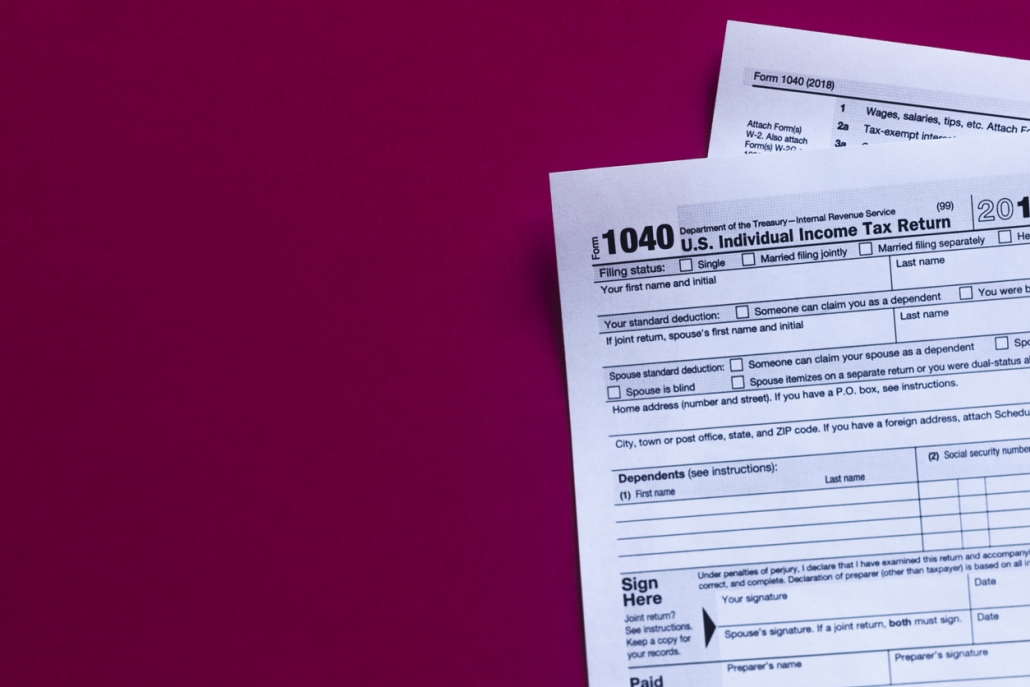Archive for June 2021
8 Cash Flow Management Tips for Entrepreneurs
Entrepreneurs have to carefully balance the money coming in and out of their business. Here are a few tips to help you manage the bottom line. Key takeaways: Cash flow is the money that comes in and out of the business, culminating in net cash after expenses are paid. 8 cash flow management tips for…
Read More8 Useful Tax Tips for 2021
Key takeaways: 2020 taxes are done, and it’s time to start preparing for filing 2021 taxes Top 8 tax tips: Get to know the new tax brackets Pay estimated taxes on time Keep records organized Master the home office deduction Prepare to file electronically Classify your business properly Deduct charitable contributions Get help from a…
Read MoreWhat to Know about Tax Brackets and How They May Change
What are the income tax brackets and how do they work? Here is an overview. Key takeaways: There are seven tax brackets currently ranging from 10% to 37% You don’t pay the same percentage on all your income; each portion of income is taxed at a different rate The Biden Administration has said it wants…
Read MoreA Basic Guide to Depreciation for Small Businesses
As a small business owner, you can deduct depreciation that your assets experience over time. Here’s what to know about depreciation and how to calculate it. Key takeaways: Depreciation is the loss of value an asset experiences over time Small businesses can deduct depreciation from assets like cars, property, and equipment There are three methods…
Read More



